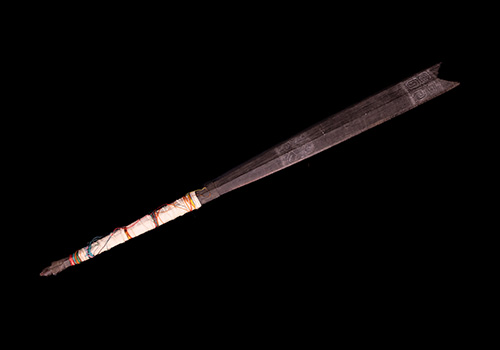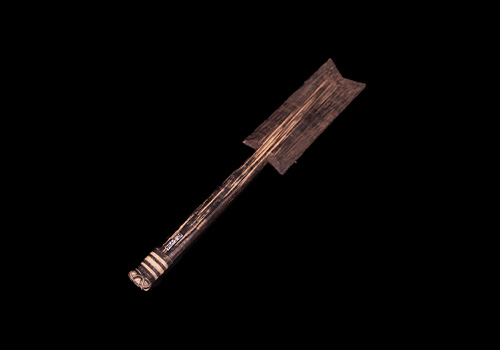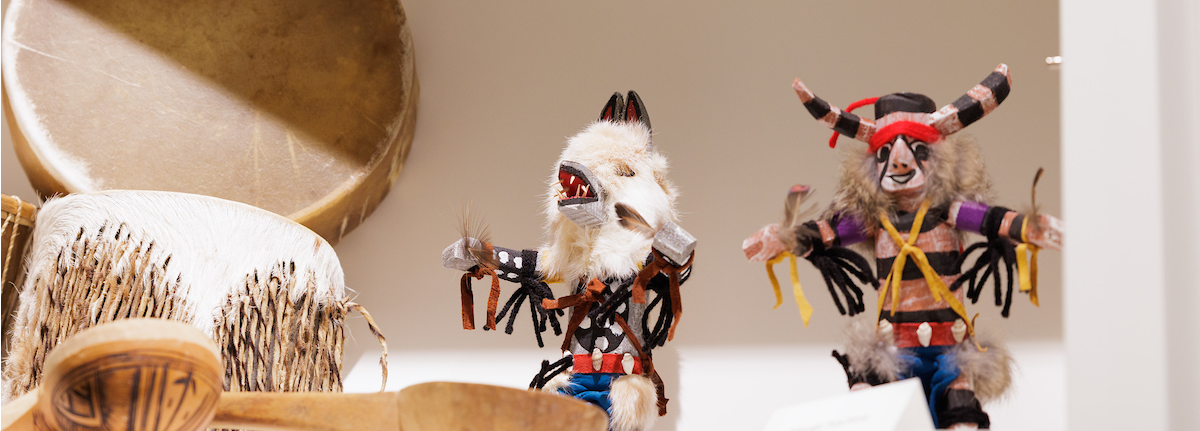South America
Ecuador
Ecuador is a South American state in the northern area of South America. It is comprised of a large tropical rainforest, the Amazon, with the Andean Mountains forming a sierra highland that features snow-capped peaks as well. Although Spanish is the official language, Ecuador is mostly populated by Native American ethnic groups who speak native languages, 13 of which are officially recognized.
Waorani People
The Waorani people are a native ethnic group of Ecuador. They speak Huaorani, a language isolate, a language not known to be related to any other language. The International Culture Collection has examples of the weapons they use, including a blowgun.
Quichua Pottery
The Quichua people are an ethnic group in Ecuador with a well-known and historically rooted tradition of pottery-making. Although the process seems simple, it is a complicated process that involves many steps and a careful, skilled hand.
Carranca
A carranca (the word translates literally to “scowl” in Portuguese) is a traditional boat figurehead used primarily in Brazil. They were said to scare away evil spirits.
Peru
Peru is a country south of Ecuador, with similar geography to Ecuador—tropical and subtropical forested regions, with highlands created by the Andean mountains. Like Ecuador, it has a strong native population.
Shipibo People
The Shipibo people are a native ethnic group of Peru who live along the Ucayali River in the Amazon. They have a highly traditional fishing lifestyle that they fight to keep even through climate change and deforestation.
Traditional Jewelry
Traditional South American jewelry highlights the creativity and artistry of those who made it. Although many people today would balk at the thought of using bugs for jewelry, our example of a necklace made of beetle wings and shells demonstrates the aesthetic potential.
Alpaca
Alpaca fur has been a traditional textile of South America for thousands of years. Alpacas are a native South American animal and are part of the camel family. They were bred for their fur, which is similar to wool in its usage. Alpaca fur can be woven into clothes, rugs, ropes, and many other important textiles.
Shipibo Paddle-Club
The Shipibo-Conibo tribe is a Peruvian indigenous tribe that resides in the Ucayali River valley on the border of Peru, Ecuador, and Brazil. They were originally two tribes, but through intermarriage, they eventually united. The designs on the Shipibo paddle's blade are reminiscent of the designs on their pottery. The handle is covered in either cotton bindings or rattan, a type of timber vine.
The International Culture Collection currently has two types of this weapon. The smaller was designed to be used alongside a shield, and the longer was designed as a two-handed weapon.



